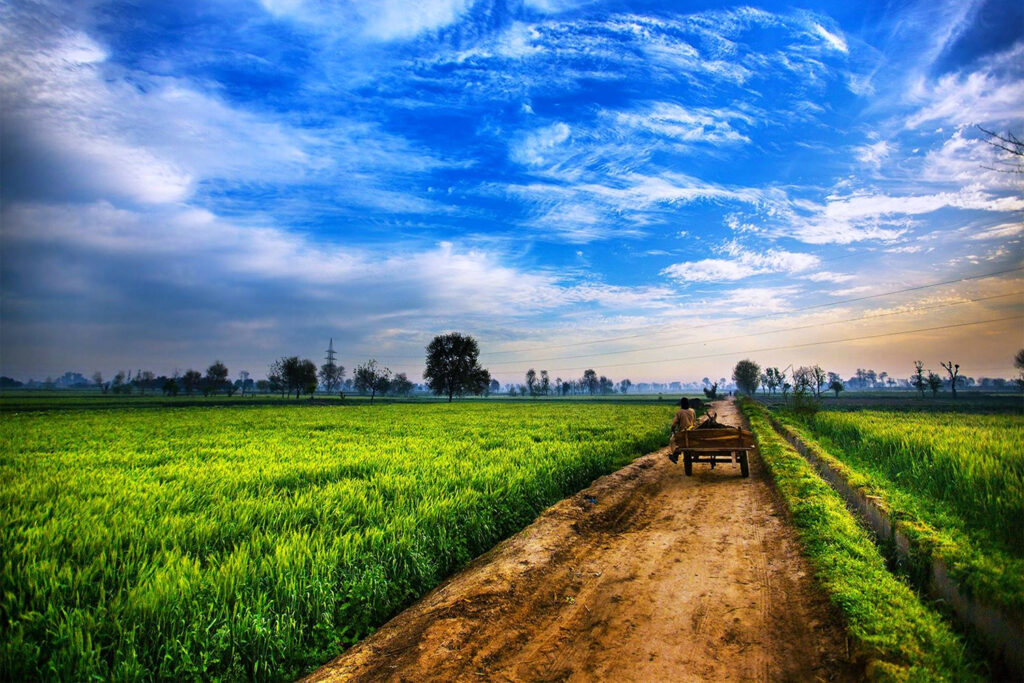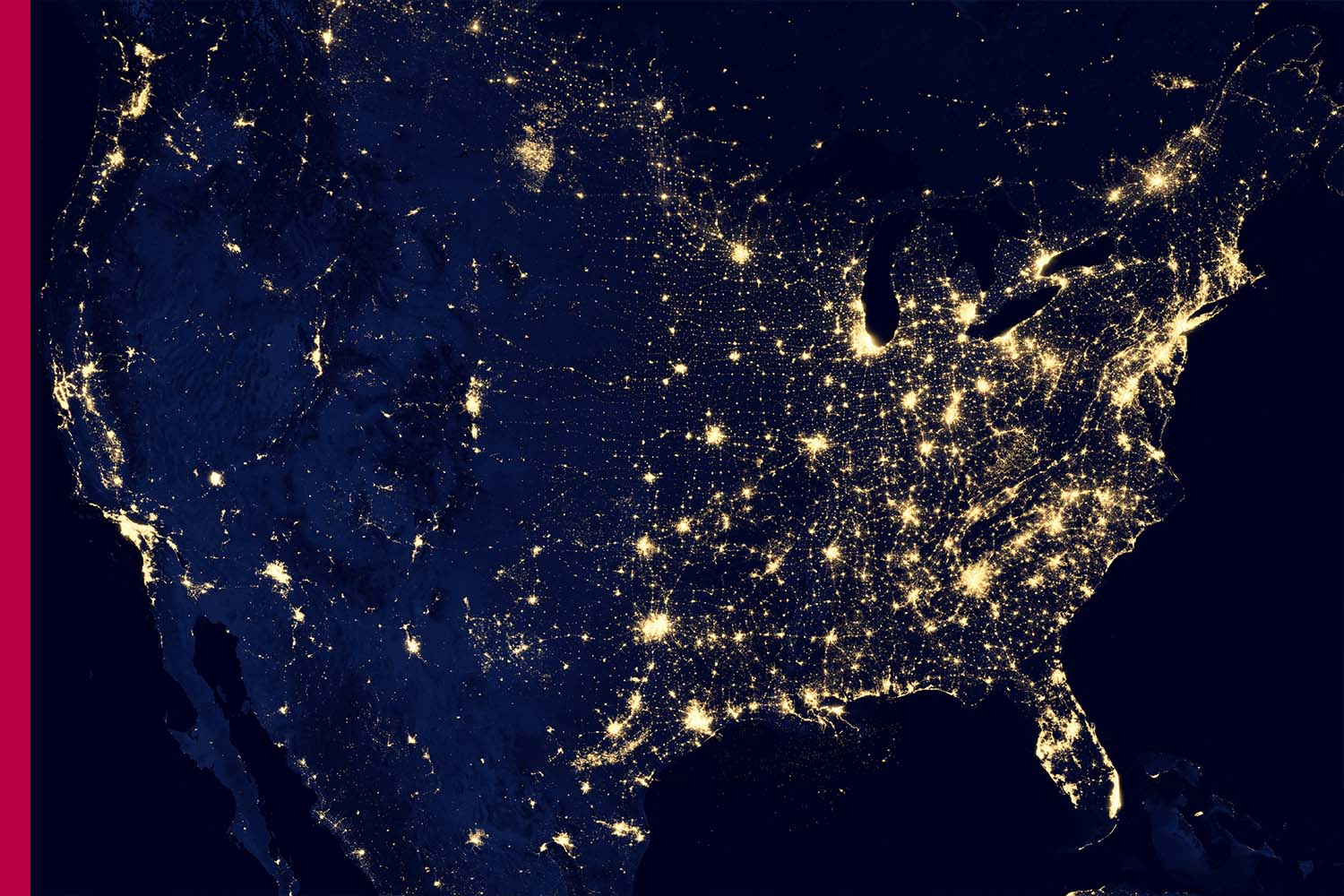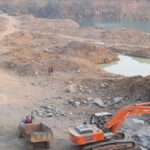Agriculture has always been the backbone of human civilization. From the earliest days of settled societies to today’s globalized economy, farming has fed populations, supported livelihoods, and shaped cultures. In 2025, agriculture continues to play a vital role—but it is undergoing rapid transformation. With climate change, technology disruption, rising population demands, and sustainability concerns, the farming sector is balancing between age-old traditions and modern innovations.
This blog explores the current state of agriculture, key challenges, emerging technologies, and the future of farming as we move deeper into the 21st century.
The Importance of Agriculture
Agriculture is more than just food production. It supports:
- Global food security – Over 7.8 billion people rely on agriculture for sustenance.
- Employment – Nearly 27% of the global workforce is engaged in farming or related activities.
- Economic growth – Agriculture contributes significantly to GDP in developing countries.
- Cultural identity – Farming practices reflect traditions, heritage, and community values.
Beyond food, agriculture also provides raw materials for industries like textiles, pharmaceuticals, and biofuels, making it a foundation of both rural and urban economies.
Current Challenges in Agriculture
1. Climate Change
Unpredictable weather patterns, rising global temperatures, and water scarcity threaten yields. Crops like wheat, rice, and maize are increasingly vulnerable to droughts and floods.
2. Soil Degradation
Overuse of chemical fertilizers, pesticides, and monocropping has damaged soil health, reducing fertility and biodiversity.
3. Water Crisis
Agriculture consumes nearly 70% of freshwater resources. In many regions, aquifers are drying up faster than they can be replenished.
4. Population Growth
By 2050, the global population is projected to reach nearly 10 billion. This means food demand could increase by 50% placing tremendous pressure on farmers.
5. Labor Shortages
Urbanization and migration are leading to declining rural workforces. Younger generations are less inclined to pursue traditional farming.
6. Market Volatility
Farmers face fluctuating crop prices, rising input costs, and global trade uncertainties that affect profitability.

Role of Government and Policy
The Future of Farming
1. Technology Integration
Smart farming will dominate, with drones, robots, and AI becoming standard tools. Farmers will operate like data scientists, relying on analytics to optimize yields.
2. Sustainable Food Systems
Global pressure to cut greenhouse gas emissions will accelerate the adoption of eco-friendly farming. Regenerative agriculture and carbon farming could even turn farms into climate solutions.
3. Local and Urban Farming
With urban populations growing, food systems will shift closer to cities. Vertical farms, rooftop gardens, and hydroponic systems will become mainstream.
4. Alternative Foods
Plant-based proteins, lab-grown meat, and insect farming will supplement traditional agriculture to meet rising protein demand.
5. Farmer Empowerment
Digital platforms will connect farmers directly with consumers, reducing reliance on intermediaries. Blockchain could ensure transparent pricing and traceability.
Why Agriculture Still Matters in the Digital Age
In a world obsessed with tech, finance, and digital innovation, agriculture remains humanity’s most fundamental industry. Without it, no society can thrive. Farming is no longer “old-fashioned”—it’s becoming one of the most technologically advanced sectors on the planet.
By combining traditional wisdom with modern science, agriculture is moving toward a resilient, sustainable, and innovative future. The farmers of today are not just cultivators—they are entrepreneurs, technologists, and climate guardians.
Agriculture and farming in 2025 stand at a crossroads. The sector faces serious challenges, from climate change to resource scarcity, but it is also brimming with innovation and possibility. By embracing technology, prioritizing sustainability, and empowering farmers, the world can ensure that agriculture continues to feed billions while protecting the planet.
The journey ahead will not be easy—but with collaboration among farmers, governments, scientists, and businesses, agriculture can become the engine of sustainable growth for the future.










